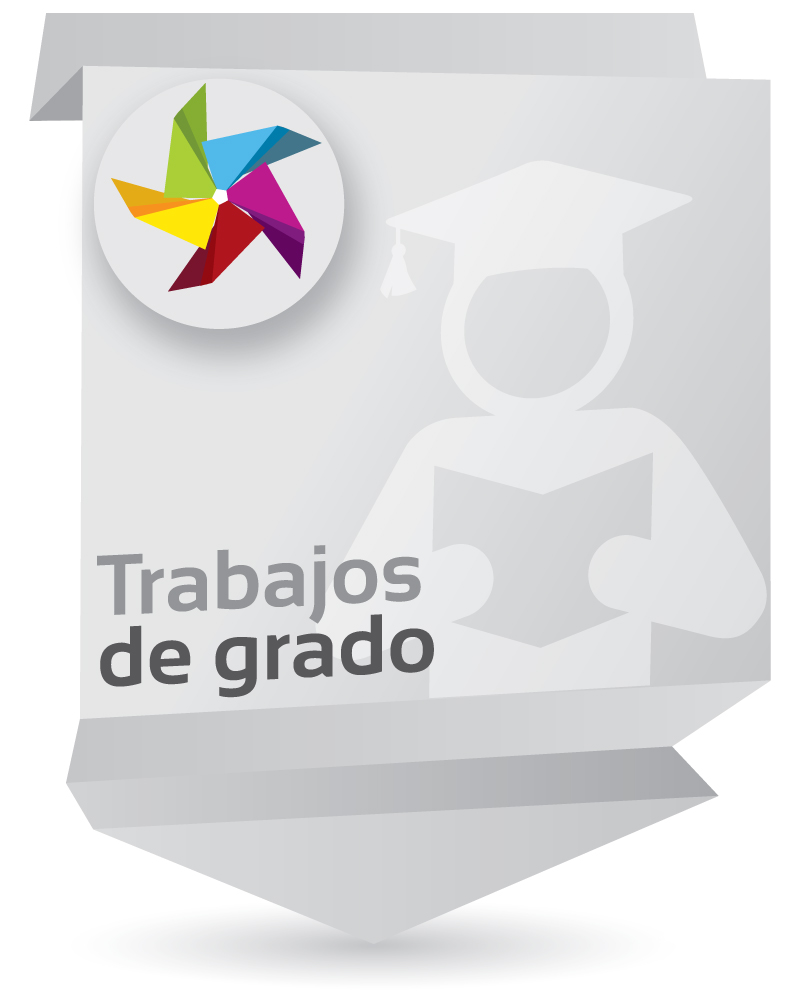Inclusión educativa a partir de la voz de los estudiantes : Niveles de inclusión de niños, niñas y adolescentes venezolanos migrantes en dos instituciones educativas del municipio de Facatativá (2022).

View/
Item Links
URI: http://hdl.handle.net/10818/54038Compartir
Statistics
View Usage StatisticsMetrics
Bibliographic cataloging
Show full item recordAuthor
Galindo Barrios, Erik AndreaAsesor/es
Aliaga Sáez, Felipe AndrésDate
2023-01-10Abstract
El objetivo de este artículo consiste en analizar los niveles de inclusión de los niños, niñas y adolescentes venezolanos migrantes en la Institución Educativa Municipal Instituto Técnico Industrial y en la Institución Educativa Municipal Técnica Comercial Santa Rita del municipio de Facatativá, a partir de la primera dimensión de la inclusión desarrollada por Ane Qvortrup y Lars Qvortrup. Este estudio de caso se realizó a través de 30 entrevistas semiestructuradas a estudiantes migrantes venezolanos de ambas escuelas durante el 2022. Siendo la primera dimensión de la inclusión la base teórica de esta investigación se tuvo en cuenta las siguientes preguntas para cada nivel de la inclusión: nivel numérico ¿los estudiantes son miembros de la escuela?; nivel social ¿los estudiantes son participantes activos en la comunidad?; nivel psicológico ¿los estudiantes se sienten como miembros reconocidos de la comunidad? Los resultados muestran que a nivel numérico los estudiantes de ambos colegios experimentan una inclusión organizacional. A nivel social los estudiantes son participativos excepto a la hora de opinar sobre la metodología y contenido de las clases; también son socialmente activos, pues suelen participar activamente en los trabajos en grupo; por último, practican la interacción social, ya que se ha evidenciado la reciprocidad mutua entre compañeros y maestros, además al sentirse percibidos por sus compañeros y maestros la mayoría modificaron su actitud y palabras, en la mayoría de los casos de forma natural. A nivel psicológico, los estudiantes se sienten reconocidos a nivel académico y en su mayoría se sienten apoyados, respetados y aceptados por sus compañeros y maestros. The objective of this article is to analyze the levels of inclusion of Venezuelan
migrant children and adolescents in the Institución Educativa Municipal Instituto Técnico
Industrial and in the Institución Educativa Municipal Técnica Comercial Santa Rita of the
municipality of Facatativá, based on the first dimension of inclusion developed by Ane
Qvortrup and Lars Qvortrup. This case study was conducted through 30 semi-structured
interviews with Venezuelan migrant students from both schools in 2022. Being the first
dimension of inclusion the theoretical basis of this research, the following questions were
considered for each level of inclusion: the numeric level, Are the students physically included
in the schools? social level, Are the students active participants in the community? and
psychological level, Do the students feel as recognized members of the community? The
results show that students in both schools experience organizational inclusion in the numeric
level. At the social level, the students are participative, except when it comes to giving their
opinion on the methodology and content of the classes; they are also socially active, as they
tend to participate actively in group work; finally, they practice social interaction, as mutual
reciprocity between classmates and teachers has been evidenced, also feeling perceived by
their classmates and teachers, most of them modified their attitude and their words, in most
cases naturally. On a psychological level, students feel academically recognized and most
feel supported, respected, and accepted by their peers and teachers.
Collections to which it belong
- Ciencias Políticas [58]

















